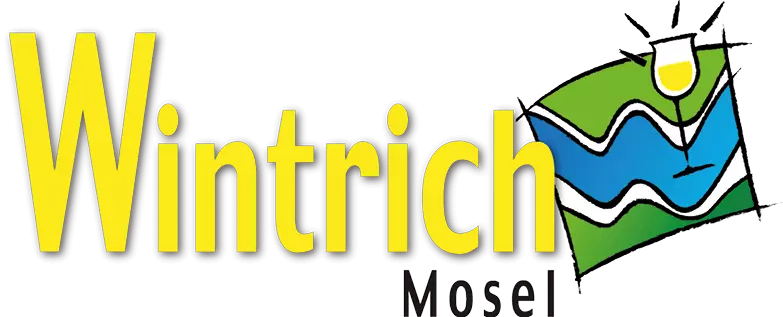Wintricher Wald
Leben & Wohnen
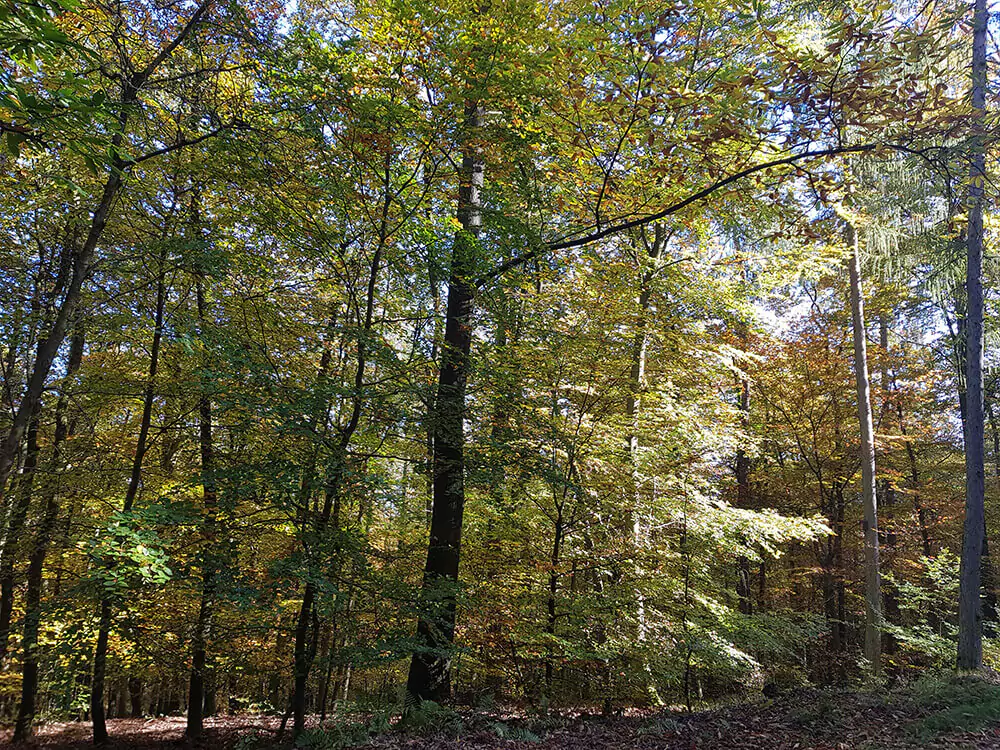
Naturwunder im Herzen der Region
Entdecken Sie die unberührte Schönheit des Wintricher Waldes, wo majestätische Bäume, malerische Wanderwege und eine reiche Tierwelt auf Sie warten. Erleben Sie die Magie der Natur in diesem idyllischen Rückzugsort und tauchen Sie ein in eine Welt der Erholung und Abenteuer.
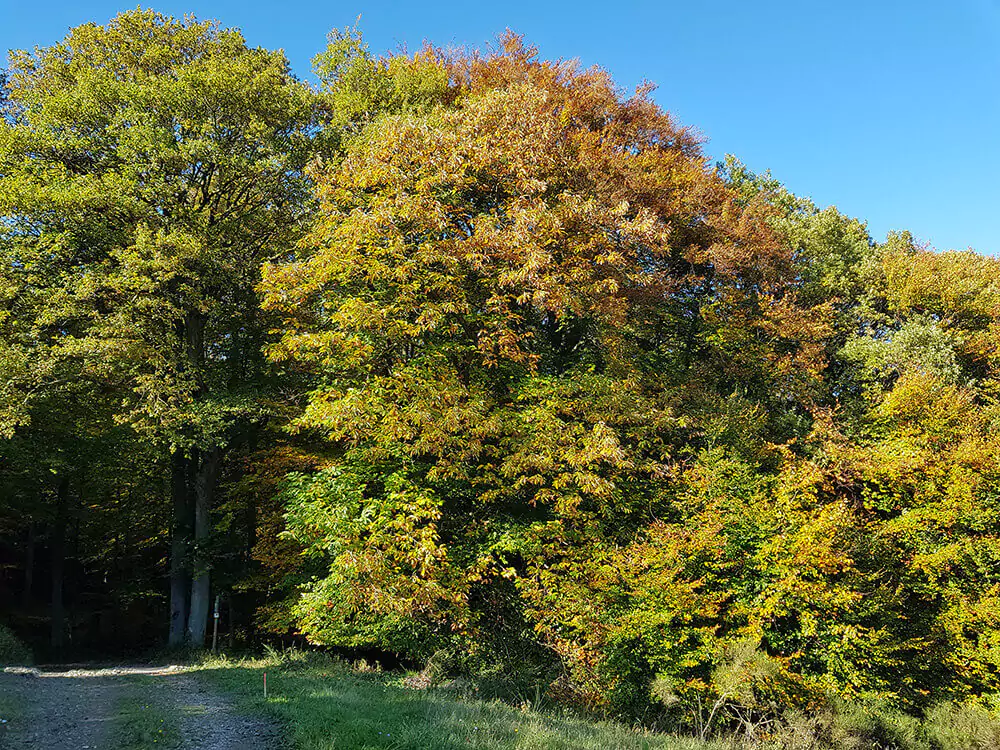
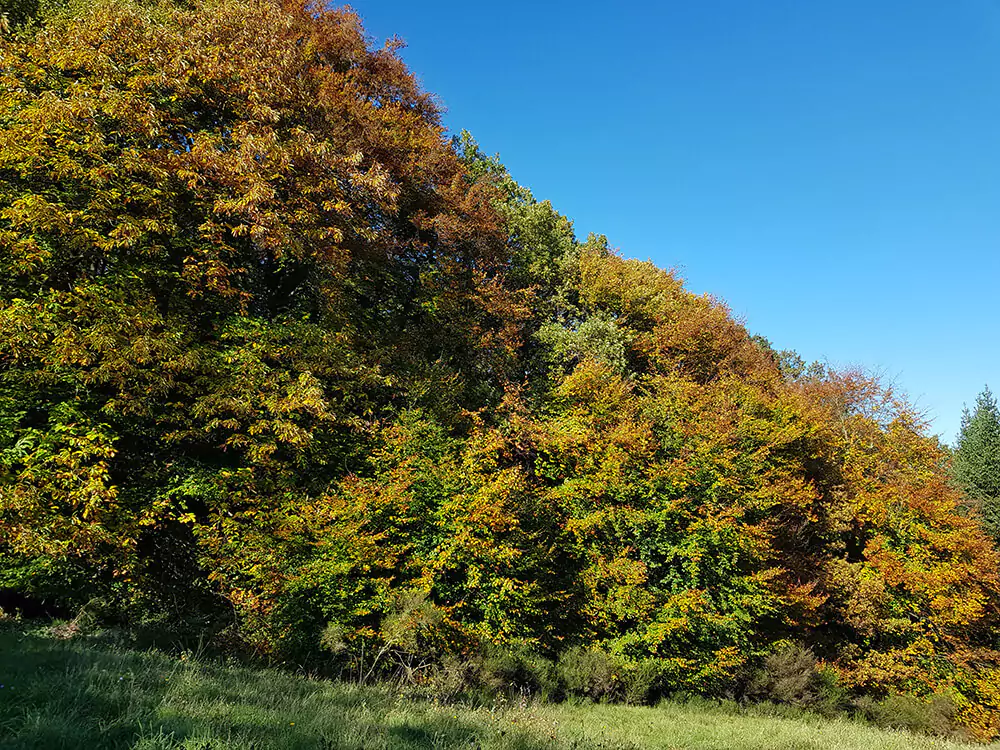
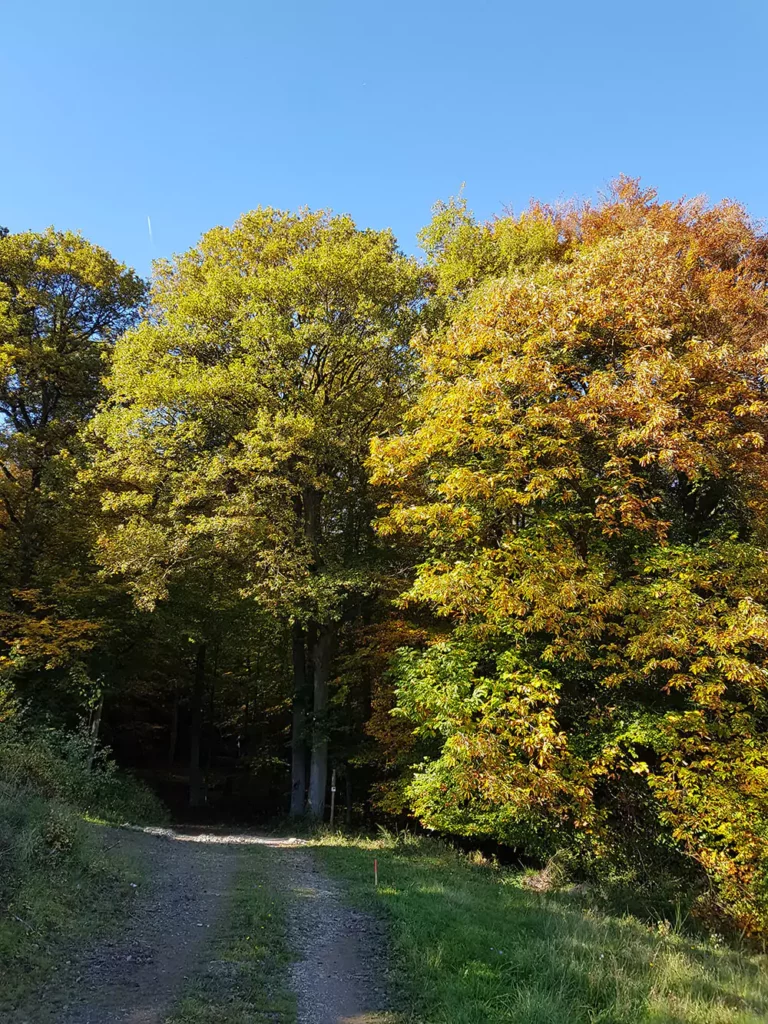
Der Gemeindewald Wintrich gehört zum Forstrevier Hirzlei im Forstamt Traben-Trarbach und ist einer der größten Gemeindewälder in diesem Forstamt. Er grenzt im Süden und Südosten an den Staatswald des Forstamtes Dhronecken (ehemals Forstamt Morbach), im Osten und Nordosten an den Gemeindewald Brauneberg-Filzen. Er liegt in den Wuchsbezirken „Mittleres Moseltal“ und „Mosel-Hunsrück“.
Die forstliche Betriebsfläche beträgt 585,1 ha, davon ist die Holzbodenfläche 508 ha. Auf der Gemarkung Wintrich liegen noch ca. 85 ha Kleinprivatwald welche sehr extensiv bewirtschaftet werden.
Die Höhenlage liegt zwischen 200 und 500 m über NN. Das Klima reicht vom Weinbauklima, mittlere Jahrestemperatur 10 ° C, Niederschlagsmenge 6° C, Jahresniederschlag ca. 900 mm.
Die Geologie besteht überwiegend aus Hunsrückschiefer des Unterdevon mit eingelagerten Quarziten und Grauwacken. Die Böden reichen von armen, flachgründigen Gesteinsböden bis zur tiefgründigen, nährstoffreichen Braunerden.
Der oberhalb den Weinbergen liegende Wald ist Weinbergschutzwald. Er soll den Kaltluftabfluss und somit Frostschäden von den Reben fern halten.
Die Baumartenverteilung gliedert sich wie folgt:
Laubholz: Eiche 11%, Buche 34 %, übrige Laubbäume 5%
Nadelholz: Fichte 39%, Tanne 1%, Douglasie 4%, Kiefer 1%, Lärche 5%.
Somit Verhältnis Laubholz zu Nadelholz 50:50.
Der Holzeinschlag aller Holzarten beträgt 3100 fm/Jahr. Der Holzeinschlag und andere Forstarbeiten wie Aufforstung, Wegeunterhaltung, Kultur-und Jungbestandspflege, Forstschutz, Wertästung, Holzrücken pp. werden teils mit eigenen Waldarbeiter bzw. mit Unternehmern ausgeführt.
Vor ca. 130 Jahren bestand das Revier Wintrich aus reinem Laubwald mit Buchen und Eichen. Diese Baumarten bildeten allerdings vorwiegend ertragsarme Niederwaldungen (sog. Stockausschläge, wobei die Eichen in einem ca. 20-30 jährigen Turnus gefällt wurden, Gewinnung von Brennholz, Lohrinde zum Gerben von Leder). Deshalb begann man vor ca. 90-100 Jahren und später in den 1970er Jahren mit großflächigen Umwandlungen in Nadelholz, überwiegend Fichte. Heute wird der Wald nach den Regeln des „naturgemäßen Waldbaues“ behandelt. Das bedeutet, u.a. werden keine Kahlschläge mehr geführt, der Wald soll sich auf natürlichem Wege aus sich selbst heraus, durch Naturverjüngung neu aufbauen.
Neben der Nutz-und Schutzfunktion-Luftreinhaltung, Wasserspeicher, Lärmminderung, Minderung von Temperaturextremen hat der Gemeindewald Wintrich eine hohe Erholungsfunktion. In den letzten Jahren wurden viele km Wanderwege angelegt und beschildert.
An Wildarten kommen in den 3 verpachteten Jagdbezirken hauptsächlich Rot-, Schwarz-, und Muffelwild vor.
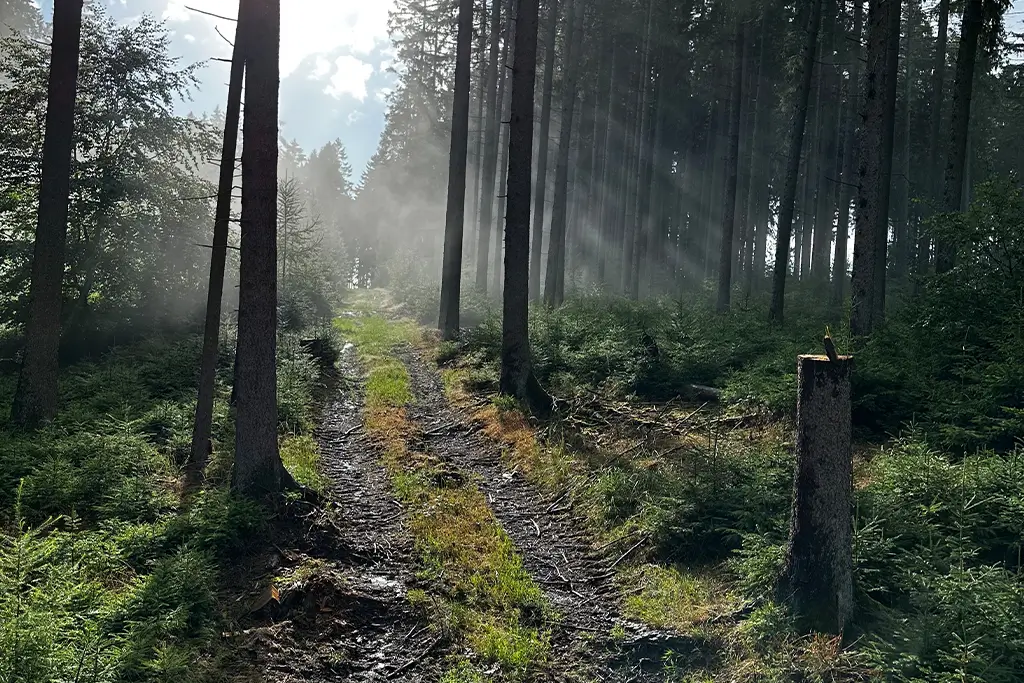
Wintricher Jagd
Willkommen im Wald und der Eigenjagd der Gemeinde Wintrich!
Der Wintricher Wald, ein bezauberndes Waldgebiet, beheimatet einen der größten zusammenhängenden Kastanienwälder in Rheinland-Pfalz, der tief in der Geschichte und Kultur des Ortes verwurzelt ist.
